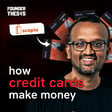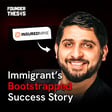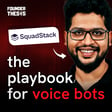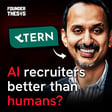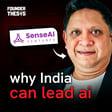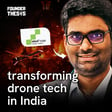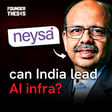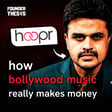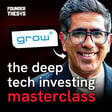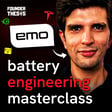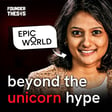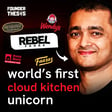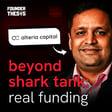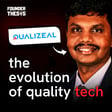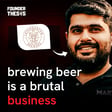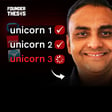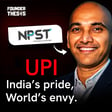
Rahul Singh is building a billion-dollar global sustainable D2C brand | EcoSoul Home Inc
Discover the amazing success story of EcoSoul Home Inc, a homegrown company that started small but quickly emerged as a global leader. By building eco-friendly products and strategizing effective global distribution, they've penetrated markets in over 70 countries, achieving a staggering $30 million in revenue with a mere $10 million in initial funding. Rahul Singh is a hands- on leader and in this episode he talks about his journey of building this D2C brand. He delves deeply into EcoSoul's supply chain development, a critical factor in its rapid growth.
Get notified about the latest releases and bonus content by subscribing to our newsletter at www.founderthesis.com
Read more about EcoSoul:-
2.‘We Sold Our Home For Our Dream’: Sustainable Kitchenware Biz Clocks $50 Million in Revenues
3. EcoSoul: Making a Difference
4. From waste to wealth: EcoSoul Home’s battle cry against plastic toxicity
5. Ecosoul develops everyday products using sustainable materials
